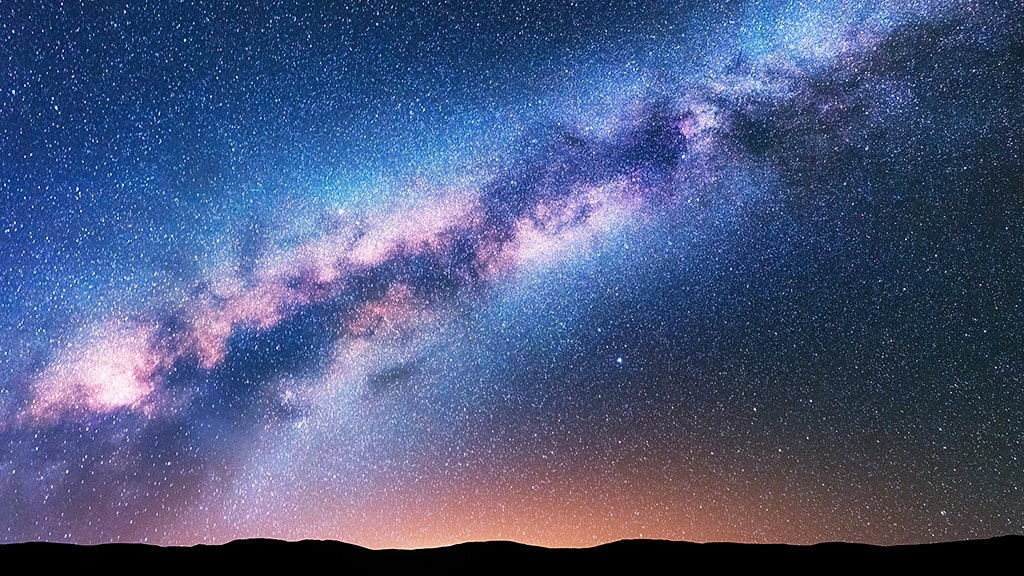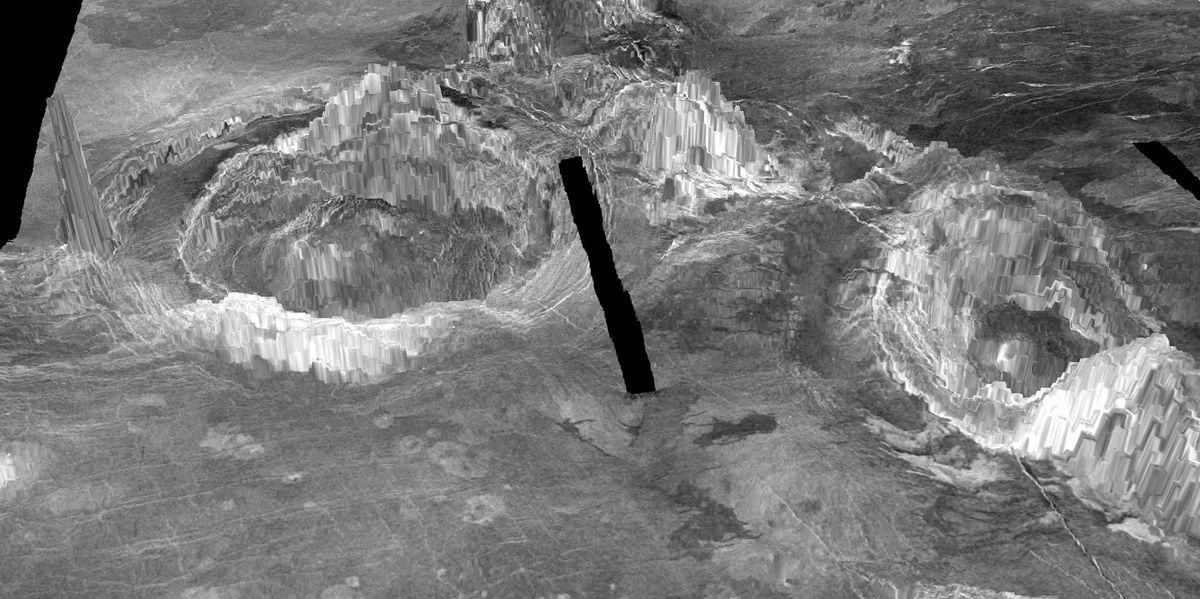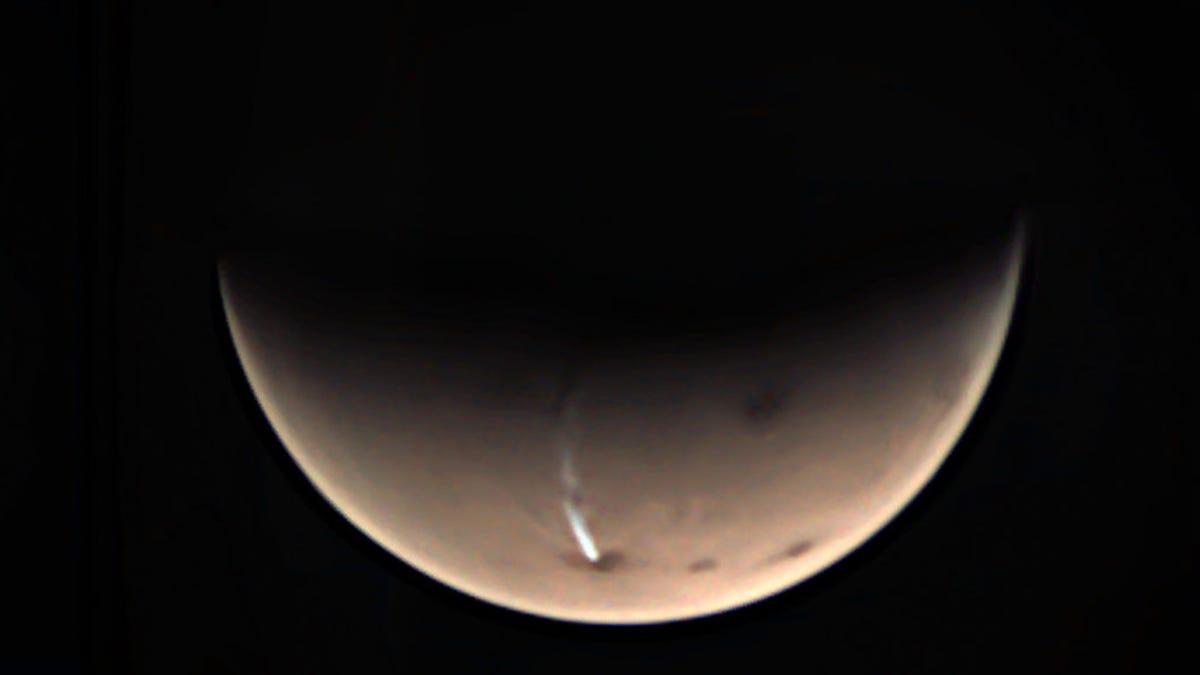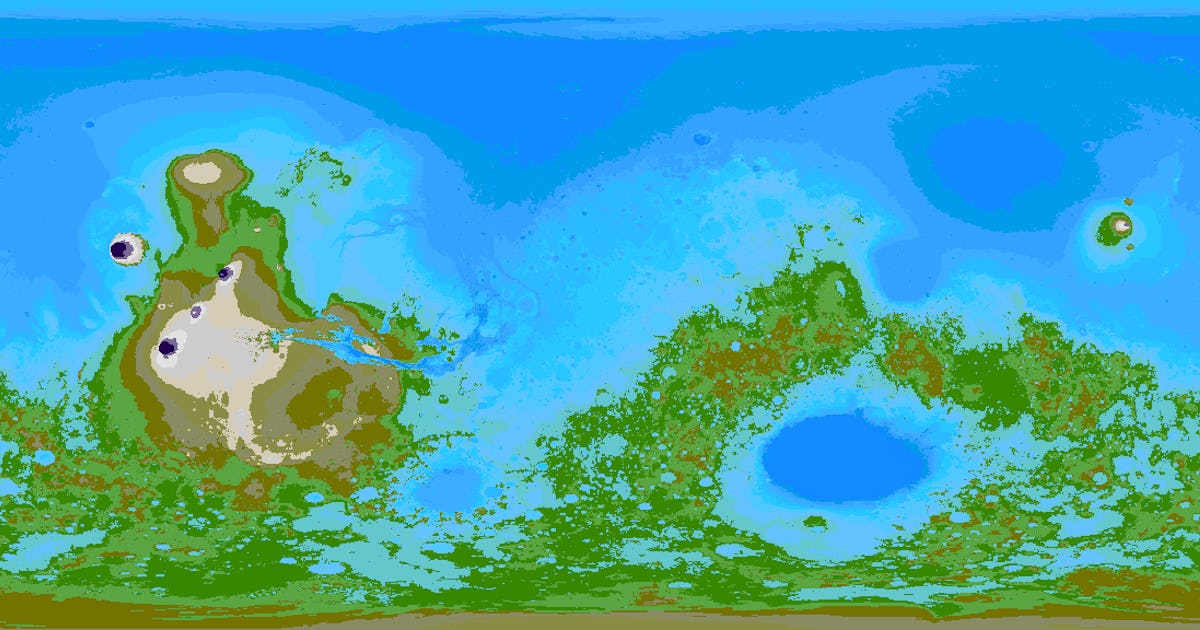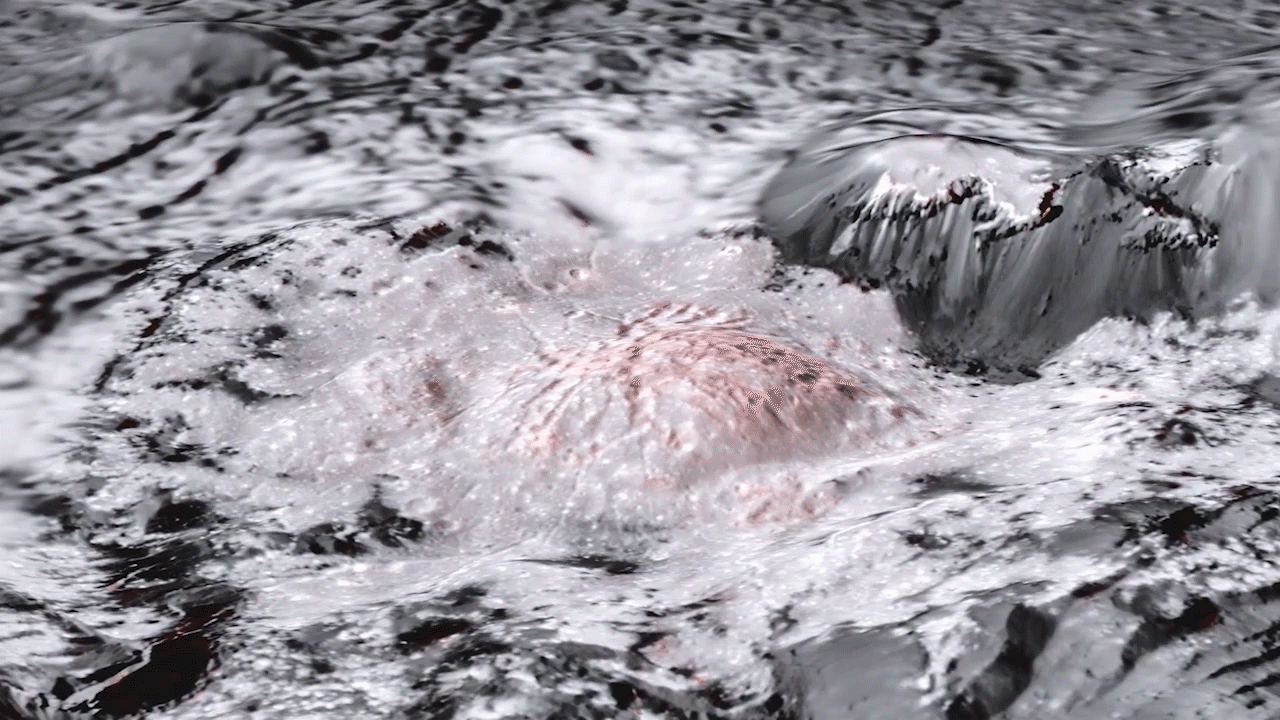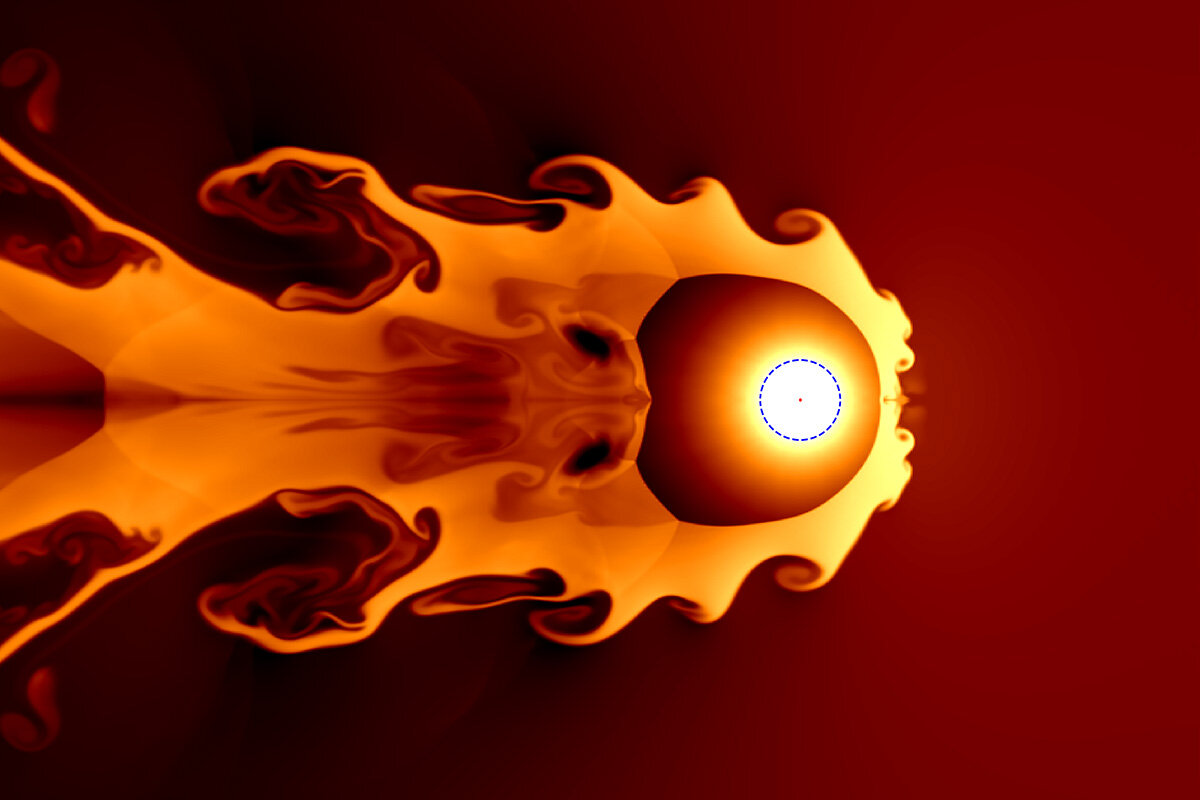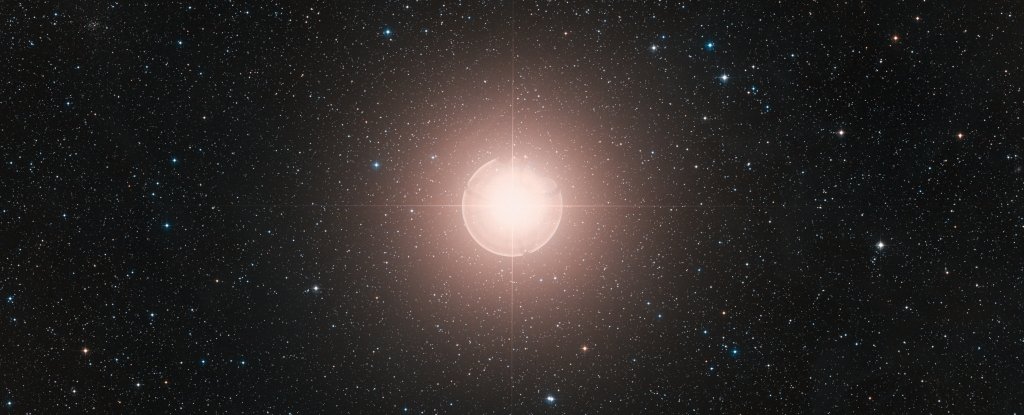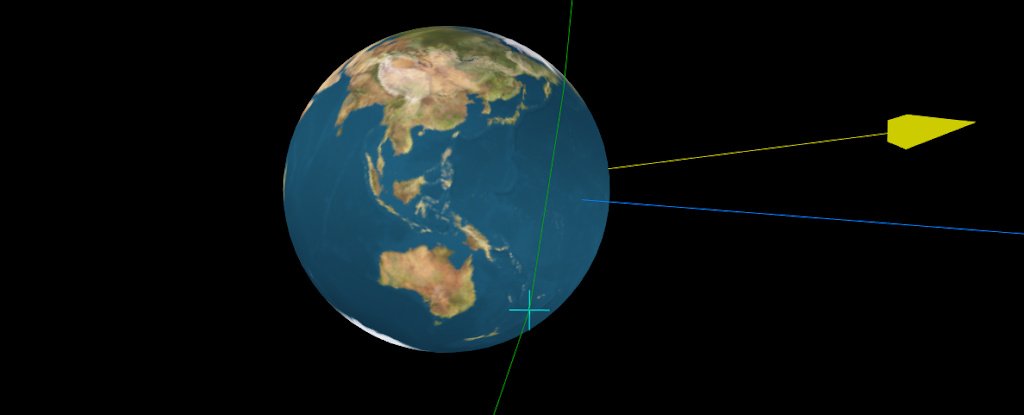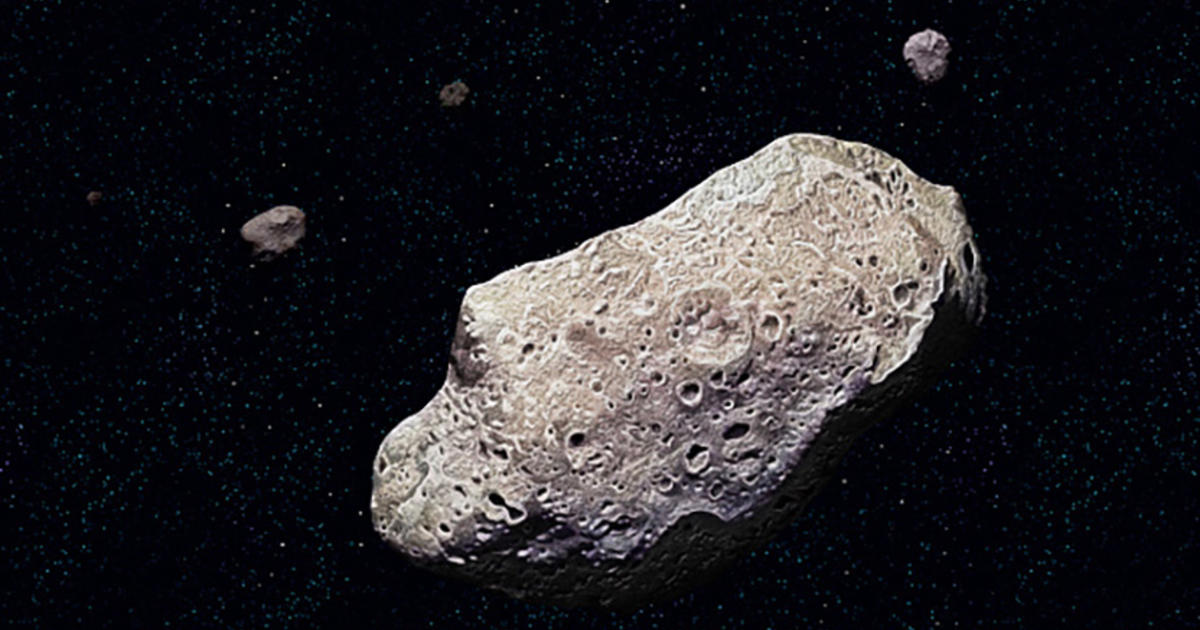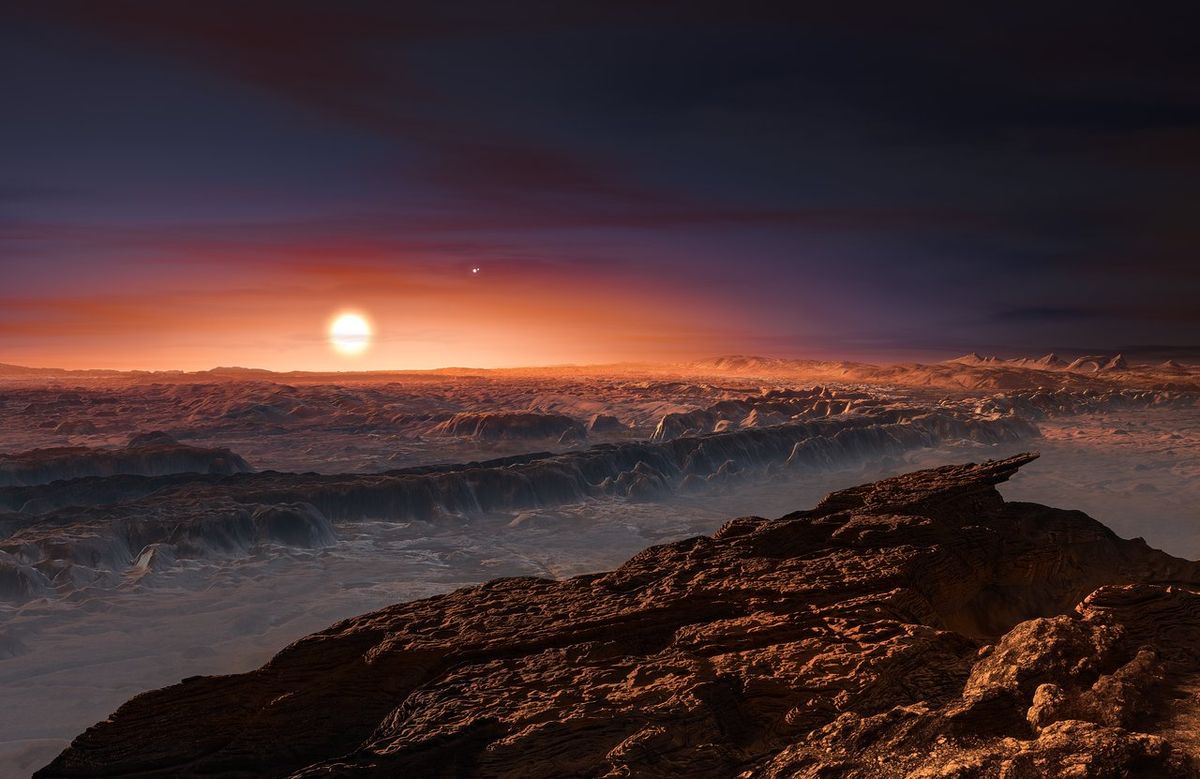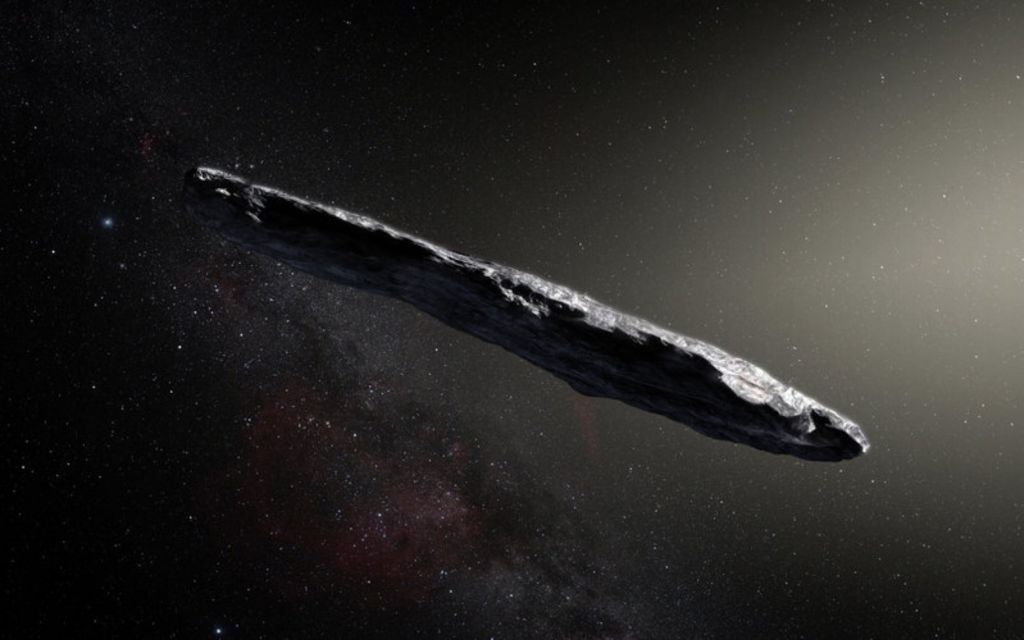Two out of three would be a success, IMO.The three big Mars missions taking place this summer:
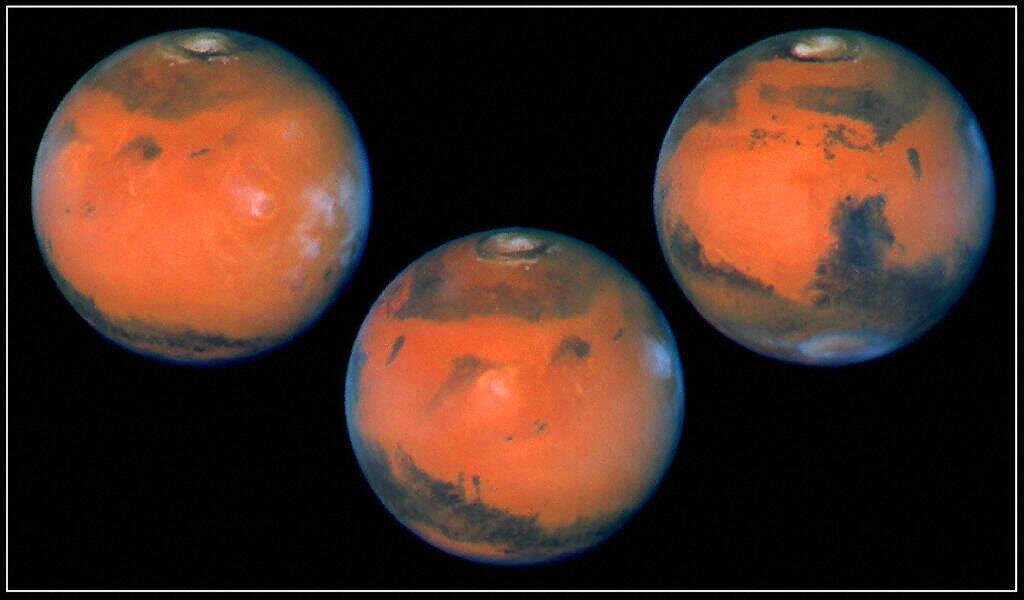
The summer race to land a space probe on Mars is off to a hot start.
Three countries—The Hope Probe (United Arab Emirates), Tianwen-1 (China) and Mars 2020 (United States)—have all taken their positions, hoping to take advantage of the period of time when the Earth and Mars are nearest: a mere 55 million kilometres (34 million miles) apart.
Meatloaf concurs, "Two out of three aint' bad."



